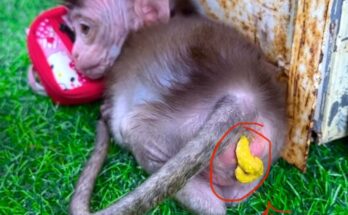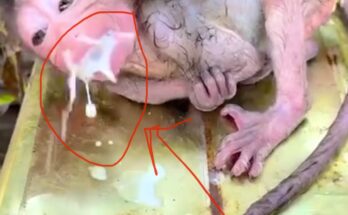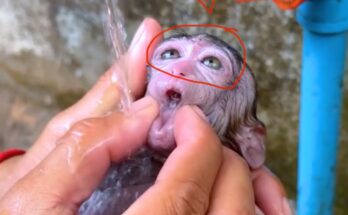In recent years, veterinarians, researchers, and wildlife conservationists have observed a troubling trend among primate populations: the increasing occurrence of skin blisters caused by viral infections in monkeys. While skin conditions in animals are not new, the emergence of virus-induced blistering in monkey species points to deeper ecological and health-related concerns that demand attention.
What Are Monkey Skin Blisters?
Skin blisters in monkeys appear as raised, fluid-filled lesions on various parts of the body, including the face, limbs, and torso. These blisters may rupture, leading to painful sores, secondary bacterial infections, and scarring. In severe cases, they can impair a monkey’s mobility, social interactions, and overall survival in the wild.
Viral Causes Behind the Blisters
A variety of viruses have been implicated in the development of skin blisters in primates. Some of the most notable include:
- Herpesviruses: Similar to the herpes simplex virus in humans, some strains infect monkeys and can cause blister-like lesions around the mouth, genitals, or skin. Macacine herpesvirus 1 (also known as B virus) is one such pathogen that affects macaques.
- Poxviruses: Monkeypox, a zoonotic virus, can lead to pox-like lesions and severe skin eruptions in both monkeys and humans. While monkeypox is more systemic, skin blistering is a primary visible symptom.
- Simian Varicella Virus (SVV): Related to the human chickenpox virus, SVV can cause blistering rashes in monkeys, particularly in immunocompromised individuals or those under stress.
Causes of Viral Spread
Several factors have contributed to the increased spread of these viruses among monkey populations:
- Habitat Loss and Fragmentation: As forests are cleared for agriculture or urban development, monkey troops are pushed into smaller areas, increasing close contact and the likelihood of disease transmission.
- Human Interaction: Monkeys living near human settlements often come into contact with waste, food, or even direct human handling, which can facilitate cross-species viral transmission.
- Wildlife Trafficking and Captivity: Monkeys in illegal wildlife trade or in unsanitary captive conditions face high stress and weakened immunity, making them more susceptible to viral infections.
Implications for Conservation and Public Health
The rise in virus-related blistering among monkeys is not just a veterinary concern—it has broader implications. Sick monkeys can become reservoirs for zoonotic diseases, posing a risk to humans. Moreover, affected individuals often become socially isolated or die prematurely, disrupting troop dynamics and reproduction, ultimately threatening the survival of some species.
Monitoring and Prevention
To combat this problem, a multi-pronged approach is needed:
- Regular health monitoring of wild and captive primates.
- Educating local communities on the risks of feeding or handling monkeys.
- Strengthening veterinary protocols in sanctuaries and zoos.
- Researching vaccines or treatments for key viral infections in primates.
Conclusion
The issue of monkey skin blisters caused by viruses is a complex and urgent problem that reflects deeper ecological imbalances. Addressing it requires cooperation between wildlife biologists, veterinarians, public health experts, and communities. Protecting monkey health is not only a matter of conservation—it’s also a step toward safeguarding human health and preserving biodiversity.



